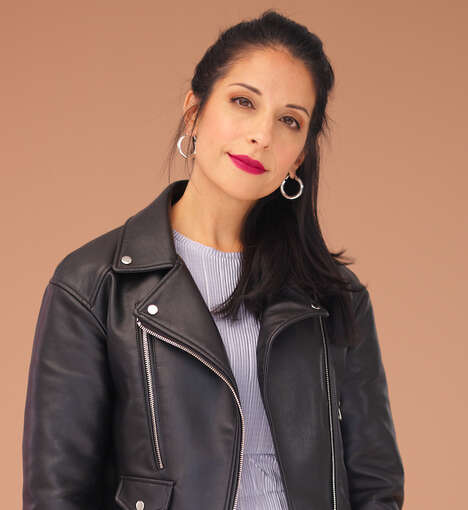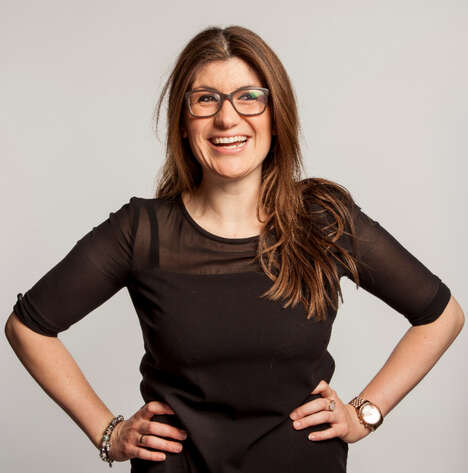Projecting Influencer Marketing's Growth
We Spoke with Priya Chopra, Founder & CEO of 1Milk2Sugars
Related Trend Reports
Art & Design, Branding, Business, Commercials, Drinking, Life, Marketing, Mobile, Multimedia, Pop Culture, Publicity Stunts, Romance, Social Media, Tech, Travel


Can you tell us a little about yourself and what led you to launch 1Milk2Sugars?
I’m the Founder & President of 1Milk2Sugars—we are a marketing agency that offers custom-brewed communications to boost your brand. 1Milk2Sugars was created when opportunity didn’t knock, so I created my own door—and here we are seven years later.
What prompted the rise of influencer marketing? How have you seen it change over the years?
Influencer marketing was born from the advent and rise of social media, and the eventual decline of traditional media. When I launched my agency, our core offering was PR, so I have lived through these changes first-hand. I remember the early days, when Twitter was the platform where all the action would happen, and influencers were called bloggers. As social media grew, suddenly everyone could have a voice, not just mainstream media or celebrities, and the balance shifted.
How have updates to social media platforms impacted influencer marketing?
It’s much more of a pay for play arena—the Instagram algorithm has stumped organic reach and marketers need to invest a lot more to get their content seen. That being said, studies have shown that over 60% of marketers intend to increase their influencer marketing budget this year, showing the staying power of this communications medium.
Has the consumer perception of influencer-posted ads changed—why do you think this is?
In the early days, there were so many unknowns. It was almost like window-shopping. A large following and brand-aligned visual aesthetic were omnipotent. Now, with the various audience profiling tools on the market that lend insight on the actual follower count, fake fans, and more, brands are in a better position to make informed decisions on which influencer to invest in and maximize their ROI. Marketers are looking to make an authentic connection with their brand through influencer marketing, however the market has become highly saturated, so the impact of influencers has become diluted. Consumers are also a lot more skeptical than ever before. That said, studies have shown that certain industries benefit more than others from influencer marketing, such as fashion, or baby and mom products.
What’s next for the industry, and what can brands do to stay on top?
Instagram will continue to be the key medium this year. The variety and types of influencers will expand in an effort to reach new niches; micro and nano influencers (less than 5K in fanbase) will gain more popularity as well. Long-term partnerships will become more common, where influencers are acting as brand ambassadors on an ongoing basis. Bigger budgets in influencer marketing require more strategic decision making, and brands will be more determined than ever to find influencers that align with their brand DNA and offer a deeper impact.
References: 1milk2sugarspr, instagram
Featured Articles

Millennial-Targeted CGI Mascots
KFC Colonel Sanders is Now a Digital Influencer on Instagram

Virtual Brand Influencers
Essence Cosmetics' Product Development Intern is a CGI Model

Freelance Influencer Platforms
Fiverr's Influencer Store Helps to Build Social Media Personalities

The Dating Space for Over 50
An Interview with Charly Lester, Co-Founder of Lumen

Anti-Influencer Fashion Campaigns
Diesel's 'Be a Follower' Campaign Depicts Influencer Antics

Social Media Product Promotions
The TikTok Platform is Testing Linking Products in Videos

Streamlining Influencer Marketing
An Interview with Mavrck's VP of Marketing, Liz Gottbrecht

Influencer-Inspired Travel Campaigns
Hotels.com's #MyDream Shows "Hate-Liking" on Social Media

Prepackaged Cocktail Alternative Drinks
The Shake Baby Shake Canned Cocktails are Flavorful